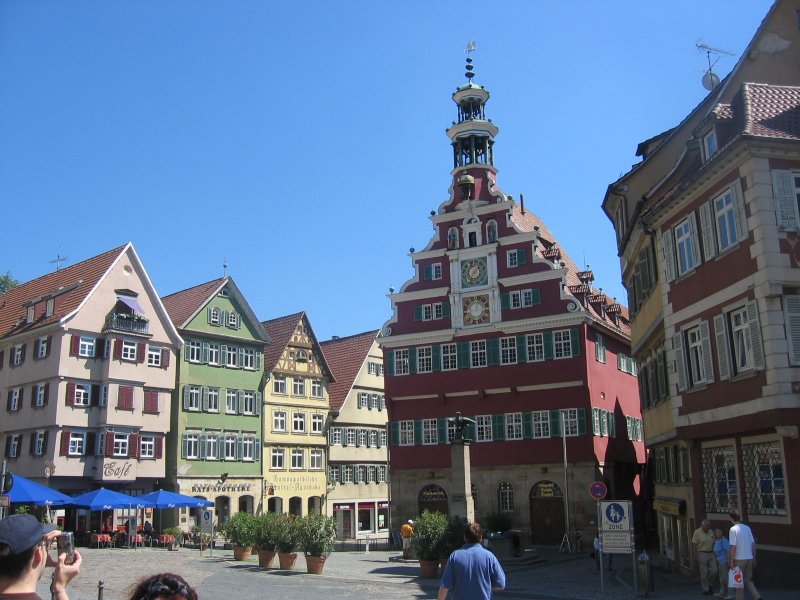aLANtejo 2005 is a technological event directed to students, graduated and curious about information technologies and computer science, as well all people that like conviviality and diversion of a Lan-Party. The organization has the main objective to promote the conviviality, the exchange of knowledge and experiences between the participants.
I will be participating in a round table about “Gnome vs. KDE” during the third day of the event. The idea is to give a short talk on the Gnome project and then, after a similar talk by the KDE developer, discuss a bit the state, the similarities, and the differences between both projects with the people attending.
It is going to be really nice to be there. Will blog more about this during the next couple of weeks.




